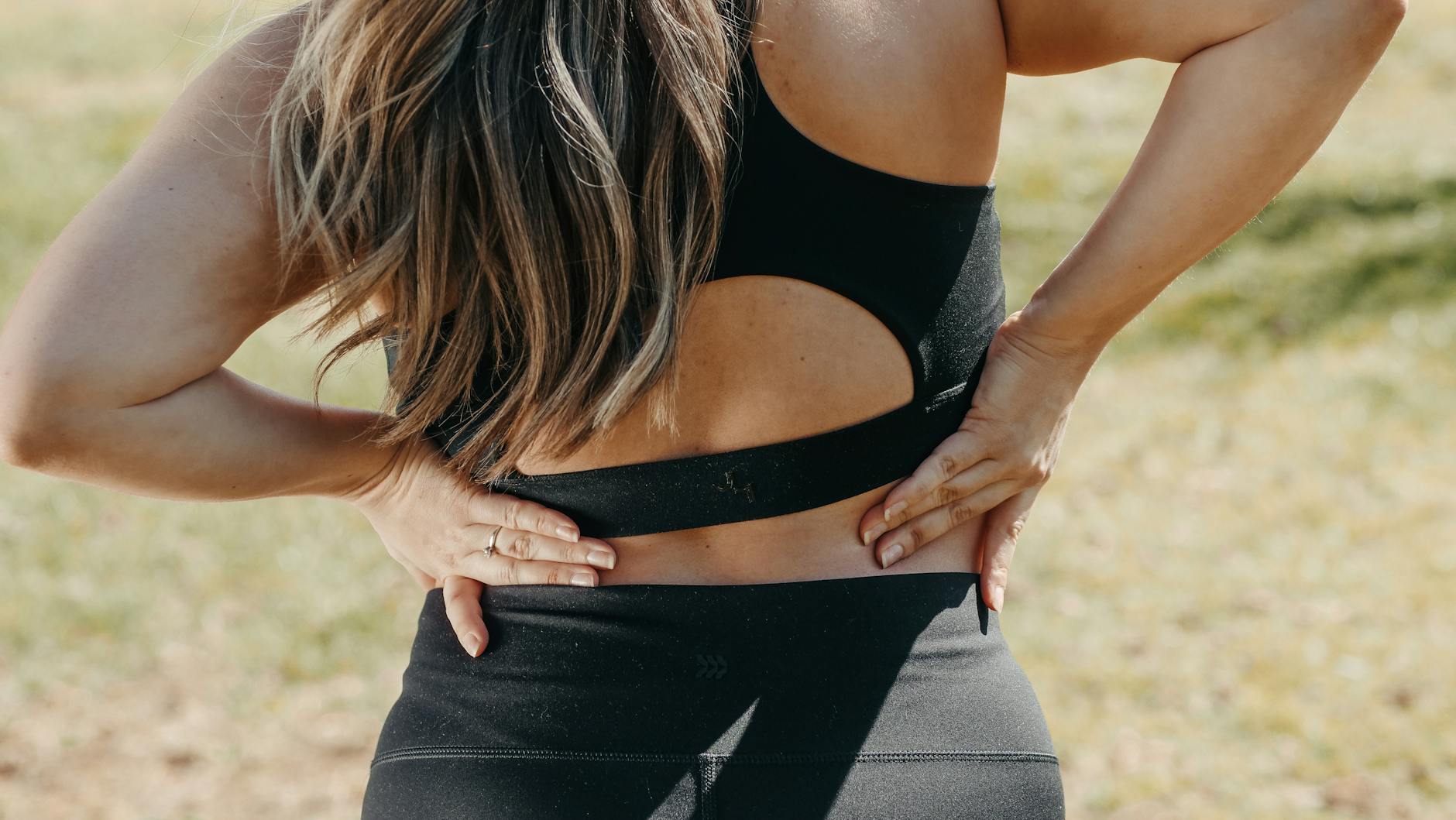Discover the secret to banishing lower back pain for good with these easy and effective stretching exercises. Your spine will thank you!
Table of Contents
Are you tired of dealing with nagging lower back pain that just won’t seem to go away? You’re not alone. Lower back pain is a common issue that affects people of all ages and backgrounds. Whether you’re sitting at a desk all day or leading an active lifestyle, it’s important to take care of your back to prevent and alleviate discomfort.
Importance of Stretching
One of the most effective ways to combat lower back pain is through regular stretching. Stretching helps improve flexibility, strengthen muscles, and relieve tension in the back. By incorporating simple stretches into your daily routine, you can say goodbye to lower back pain for good.
Hamstring Stretch
The hamstring stretch is a great way to target the muscles in the back of your thighs, which can contribute to lower back pain if they are tight. To perform this stretch, simply sit on the ground with one leg straight out in front of you and the other bent. Reach towards your toes on the straight leg side, keeping your back straight. Hold for 30 seconds and then switch legs.
Cat-Cow Stretch
The cat-cow stretch is a gentle yoga pose that helps to mobilize the spine and improve flexibility in the lower back. Start on your hands and knees, with your wrists directly under your shoulders and your knees under your hips. Inhale as you arch your back towards the ceiling (cat pose), and exhale as you drop your belly towards the floor (cow pose). Repeat this movement for 10-15 breaths.
Piriformis Stretch
The piriformis muscle is located deep in the glutes and can also contribute to lower back pain if it becomes tight. To stretch this muscle, lie on your back with your knees bent and feet flat on the floor. Cross one ankle over the opposite knee, then reach your hands around the back of the thigh and pull towards your chest. Hold for 30 seconds and then switch legs.
Child’s Pose
Child’s pose is a restorative yoga pose that helps to stretch the lower back and release tension in the spine. Start on your hands and knees, then sit back on your heels with your arms stretched out in front of you. Hold this position for 1-2 minutes, focusing on deep breathing and relaxation.
| Stretch | Description | How to Do It |
|---|---|---|
| Child’s Pose | This stretch targets the lower back, hips, and thighs. | Kneel on the floor with your big toes touching and knees spread apart. Sit back on your heels and extend your arms forward, lowering your chest towards the floor. |
| Cat-Cow Stretch | This stretch helps to improve flexibility in the spine and relieve tension in the lower back. | Start on your hands and knees, with wrists directly under shoulders and knees under hips. Inhale and arch your back, lifting your head and tailbone towards the ceiling. Exhale and round your back towards the ceiling, tucking your chin to your chest. |
| Hamstring Stretch | Stretching the hamstrings can help alleviate tension in the lower back. | Sit on the floor with one leg extended and the other bent. Lean forward from your hips, reaching towards your toes on the extended leg. Hold for 30 seconds and switch sides. |
| Seated Spinal Twist | This stretch helps to release tension in the spine and lower back. | Sit on the floor with both legs extended. Bend one knee and cross it over the other leg, placing your foot on the floor. Twist your torso towards the bent knee, using your opposite elbow to gently press against the knee for a deeper stretch. |
Standing Forward Fold
The standing forward fold stretch is a great way to stretch the hamstrings, calves, and lower back all at once. Stand with your feet hip-width apart, then hinge at the hips and fold forward, reaching towards the ground. Let your head hang heavy and hold for 30 seconds to 1 minute.
Final Thoughts
By incorporating these simple stretches into your daily routine, you can alleviate lower back pain and improve your overall back health. Remember to listen to your body and avoid any movements that cause pain or discomfort. If your lower back pain persists, be sure to consult with a healthcare professional for further evaluation and treatment options.
FAQ
Are these stretches suitable for beginners?
Answer 1: Yes, these stretches are beginner-friendly and can be modified to suit your level of flexibility. Start slow and gradually increase the intensity as you become more comfortable with the movements.
How often should I do these stretches?
Answer 2: Aim to incorporate these stretches into your daily routine for optimal results. Consistency is key in preventing and alleviating lower back pain.
Can I do these stretches if I have existing back injuries?
Answer 3: If you have a history of back injuries, it’s important to consult with a healthcare professional before attempting these stretches to ensure they are safe for your condition.
How long should I hold each stretch?
Answer 4: It’s recommended to hold each stretch for 15-30 seconds to allow your muscles to lengthen and release tension. Listen to your body and avoid overstretching to prevent injury.





